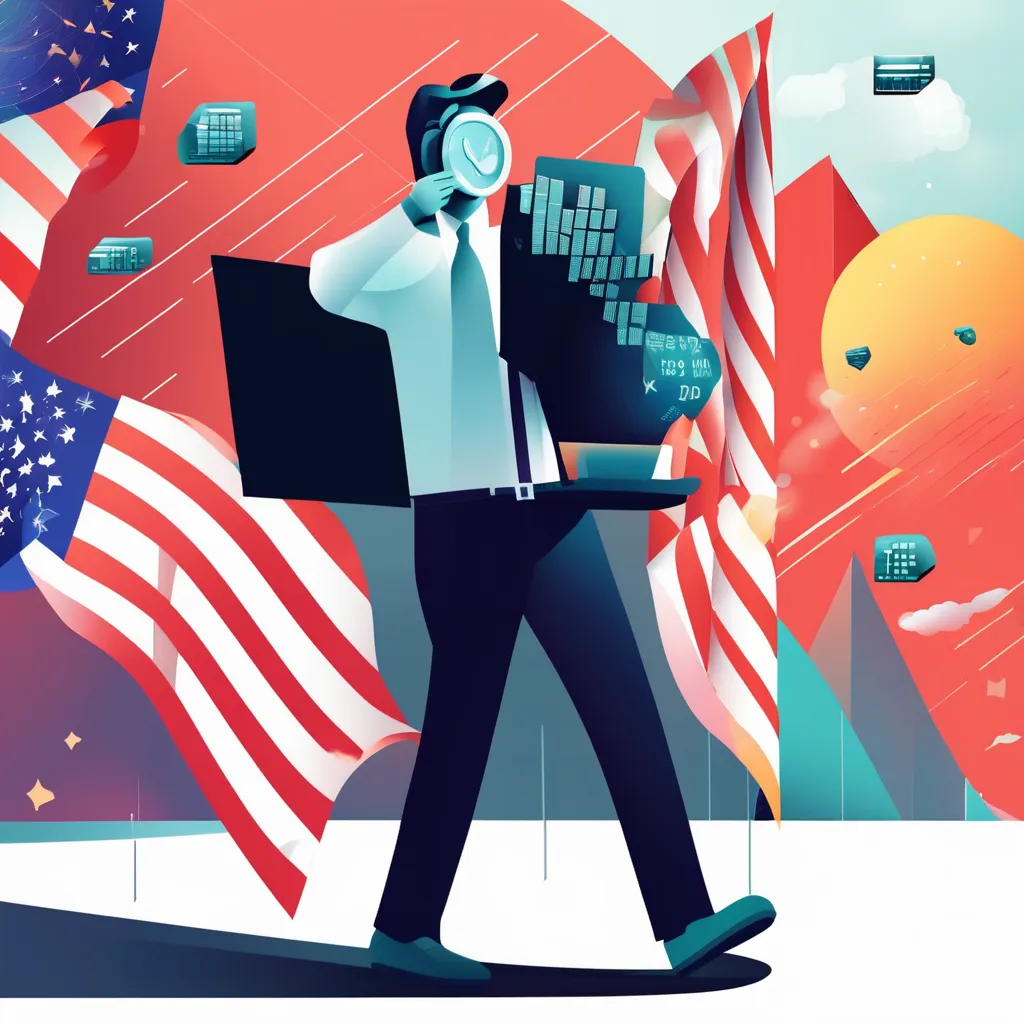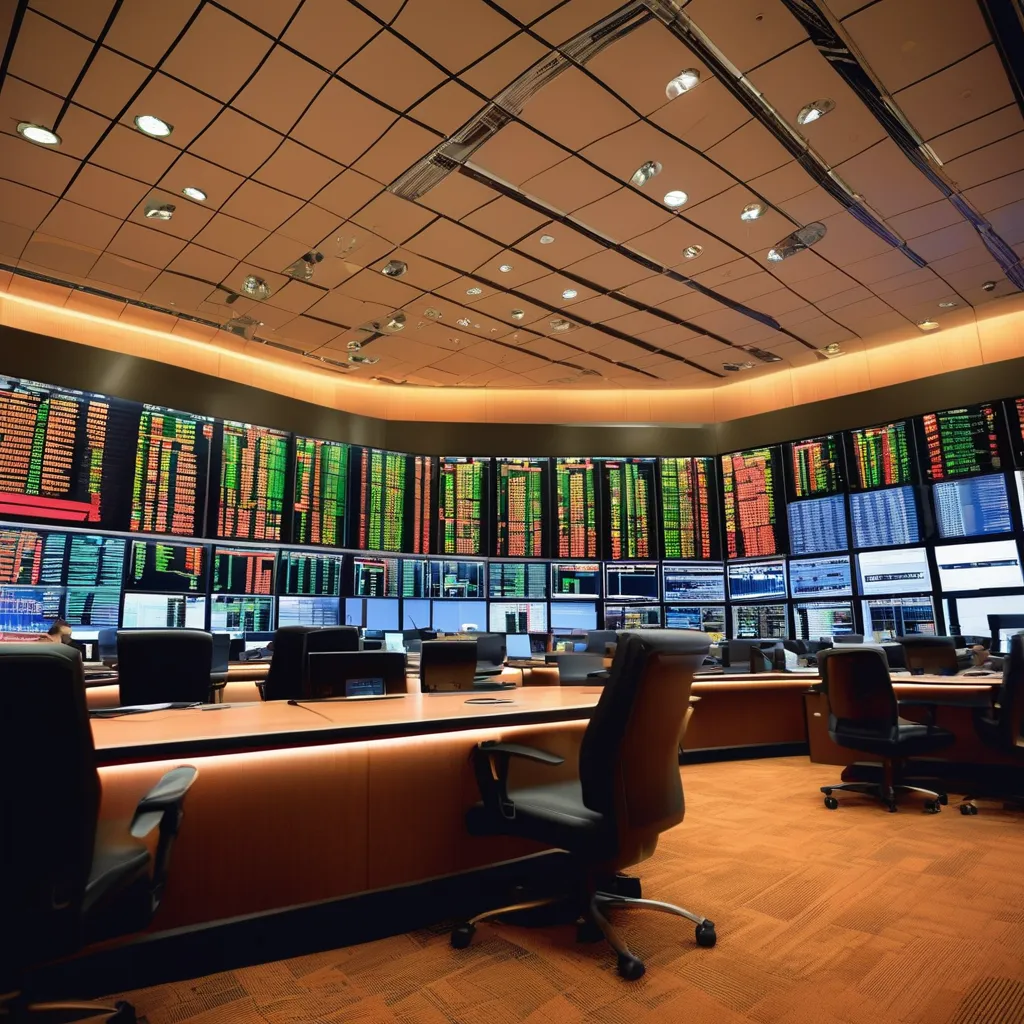In this article, we explore what actions we can take today to secure a better and more stable financial future, especially in times surrounded by crises and uncertainties.
Understanding inflation and economic cycles: a guide for US consumers
For several months now, inflation has been making its presence felt more and more in our lives. The effects of rising prices are impacting us and changing our financial behaviour. We all want to better understand economic cycles and what we can do to protect ourselves from the effects of inflation. Most people are rightly concerned about inflation these days. No one likes to see prices rise from one day to the next and the value of their money in their account or wallet plummet.
Let’s start with expenses, which fall into two categories:
1. ESSENTIAL (food, health, housing, transportation, and debts)
2. OPTIONAL (clothes, vacations, gadgets, services, vices)
The first category includes NEEDS, which are relatively fixed, but small optimizations can be made.
The second category represents WANTS. Money spent here will be hit by two challenging effects: inflation (price increases) and, more severely, depreciation. For instance, a new phone loses 30-40% of its value in the first year. A pair of shoes loses 80% of its value after the first wear. A bottle of wine or a pack of cigarettes loses 100% of its value in an hour!
Balancing consumption is, therefore, essential because inflation affects consumers the most. When our income goes entirely to loans, utilities, food, and services, we’ll feel the full impact of price increases.
It’s crucial to build an Emergency Fund ($8,000 – $10,000) and a Safety Fund (3-6 months of essential expenses).
The solution is to transition, at least with part of our income (10-15%), to the INVESTORS’ camp. We can do this very easily through mutual funds that invest diversely in stocks of companies that… you guessed it, raise prices. You’ll surely find an investment fund suitable for your risk profile.
It’s good to know that:
Investment funds are not deposits, and the value of your investments is not guaranteed. It can increase or decrease depending on financial market developments. Past performance of the investment fund does not guarantee future results. Please read the fund’s informative documents carefully.
Understanding how the economy works
To make wise decisions, it’s important to understand economic cycles. These are repetitive evolutions of the economy, lasting approximately 8-10 years, and consist of 2 phases: growth / leverage (3 stages – sellers are advantaged) and decline / deleverage (2 stages – buyers are advantaged).
1. Initial growth – After a crisis, due to financial organization and debt repayment, the population is left with some financial resources. There’s a timid increase in consumption, especially for basic products. The economy shows signs of recovery.
What you can do: Position yourself in the sellers’ and investors’ camp because a consumption frenzy is coming.
2. Intermediate growth – Optimism encourages the population to increase consumption, and budgets are directed towards clothes, entertainment, gadgets, electronics, and appliances. Production and trade are booming, salaries, commissions, and bonuses are increasing. However, the population doesn’t save additionally but spends everything and focuses on consumption, further stimulating the economy and consumption.
3. Explosive growth – This is the stage of maximum enthusiasm, the economy is “booming,” and people are thinking about even more substantial purchases: cars and real estate that involve significant long-term debt. Interest rates are low, allowing people with $3,000 to buy a $20,000 car, and those with $15,000 to buy a $100,000 apartment. Obviously, this liquidity leads to accelerated price increases.
During this phase, save intensively when everyone is spending and orient investments towards less volatile assets (utilities, commodities, food).
4. Initial decline – To temper price increases, central banks raise the reference interest rate, leading to decreased lending and increased loan payments. Liquidity decreases, consumption contracts, and incomes fall.
Focus more on consolidating and diversifying income and protecting savings.
5. Final Contraction – This is a stage where the biggest opportunities arise for those prepared. Savings are very valuable, and prepared buyers have great negotiating power. You can access potential financing/loans for asset accumulation, with great attention to the debt level.
The paradox of modern society is this: when we’re doing well, we want even more and better, we spend and get into debt. When times get tough, we remember that it’s good to save, which contracts the economy even more. Reality shows that Americans saved the most money during the pandemic.
We’re not looking for miracle solutions, but rather information and tools that can be adapted to our specific situations. Our goal is to offer explanations that help us build a healthier relationship with the money we earn, spend, save, or invest. In the end, we’ll compile these insights into a series of financial education articles, with the hope that they’ll help us maintain healthier personal finances over the long term:
- Inflation is a rise in the general price level for goods and services, which leads to a decline in the purchasing power of the national currency.
- Inflation can be considered either positive or negative, depending on one’s personal financial situation.
- Factors like demand, supply, and inflation expectations influence inflation levels.
- You can protect yourself from inflation using a few strategies outlined in financial guides available on our website.
What is inflation?
Inflation refers to the general rise in prices in a market economy, which means the purchasing power of money decreases over time.
In a market economy, the prices of goods and services fluctuate. As prices rise, each unit of currency loses value, as it allows you to buy fewer goods. This decrease in purchasing power ultimately slows down economic growth. As the cost-of-living increases, you find yourself spending more money to maintain your standard of living.
The rise in inflation is one of the main causes of this reduced standard of living. To understand this phenomenon better, let’s look at a theoretical definition:
Inflation is a sustained and generalized increase in prices, coupled with a decrease in the purchasing power of the national currency. This rise in prices affects almost all categories of goods, including consumer goods (food, hygiene, and cosmetics products), financial assets, the cost of money, durable goods (phones, clothing), fuel, and services (insurance, housing rentals), among others.
What causes inflation?
Inflation is driven by several factors, but we’ll focus on a few key causes to help you understand how easily a country’s economy can destabilize:
1. Excess demand for consumer goods
Also known as demandpull inflation, this happens when demand exceeds the supply of goods or services. Buyers want a product so much that they’re willing to pay a higher price to get it, which ultimately raises the price of that product.
2. Rising production costs
This is called cost-push inflation. It occurs when key products, such as electricity, become more expensive. For example, an increase in energy taxes or production costs could lead to higher electricity bills.
3. Monetarist policy
This happens when money loses its value because the government introduces more money into the market. If more money is in circulation, it loses value, as the increased demand for consumer goods and production costs follow.
Monetarist economist Milton Friedman argued that inflation is always and everywhere a monetary phenomenon, a consequence of monetary policies. While his argument was highly relevant in the 1970s during the oil crisis, current realities may paint a different picture.
How does inflation affect us?
Inflation destabilizes not only the economic and political landscape but also our everyday social lives.
When inflation destabilizes the economy, large companies hesitate to invest, which leads to reduced consumption of goods and services. Service providers may have to lay off employees, leading to higher unemployment rates.
Those most vulnerable to rising prices are people with fixed incomes, such as retirees, who find it difficult to maintain their standard of living as the cost of basic goods rises.
Practical solutions for dealing with inflation
Here are some strategies to help mitigate the impact of inflation on your finances.
1. Track your expenses:
According to financial expert Corneliu Ionescu, tracking every dollar you spend helps you understand your consumption habits and identify areas where you can cut back. Whether it’s saving for a dream vacation or just putting money aside for the future, understanding your spending behavior is the first step.
2. Return to cash:
Going back to cash transactions can help you better manage impulsive spending. When you physically handle money, it creates a stronger awareness of your spending decisions compared to using credit or digital payment methods.
Why tracking expenses is essential
Having a budget is key to knowing where your money is going and understanding if you’re staying on track with your financial goals.
Budgeting shows who you want to be, while tracking expenses reveals who you actually are. If the two don’t align, it allows you to adjust. Let’s say you earn $6,000 a month. From the moment you receive this money, around $3,000 is already spoken for due to previous commitments—like rent, utilities, and other fixed costs. This leaves $3,000 for discretionary spending, like insurance, groceries, and clothing.
By tracking your daily spending, you’ll quickly notice patterns and identify where adjustments can be made. At the end of the day, spend just a minute to reflect: “What did I spend my money on today?” This habit can help prevent budgeting mistakes over time.
Experiment: Life With Cash and Envelopes
Is it easier to save money by using cash instead of a card?
Everyone has different habits, but a good starting point is to spend at least two months using cash. This method, known as the “cash envelope system,” involves dividing your money into separate envelopes based on categories like rent, groceries, and discretionary spending. Physically handling money allows you to feel the opportunity cost of each purchase.
On the other hand, if you’re more comfortable with digital banking, you can achieve similar results by setting up multiple savings accounts and allocating funds for specific purposes. However, the tactile experience of handling cash creates a stronger sense of financial responsibility.
A brief conclusion
Inflation is an uncontrollable market force, so it’s crucial to have strategies in place to mitigate its impact.
Understanding inflation is the first step toward making decisions that help reduce financial risks. After you’ve done your research, it’s time to take action—whether it’s increasing your income, investing, or exploring new ways to protect yourself financially.
As you can see, financial success often means doing the opposite of the majority. When they consume enthusiastically, you need to sell and accumulate. Then, when things get harder, it’s time to invest and take advantage of the power of your capital. This way, inflation and economic cycles will work in your favor.
We hope this article has been helpful and invite you to read more insightful articles on our website.




Leave a Reply